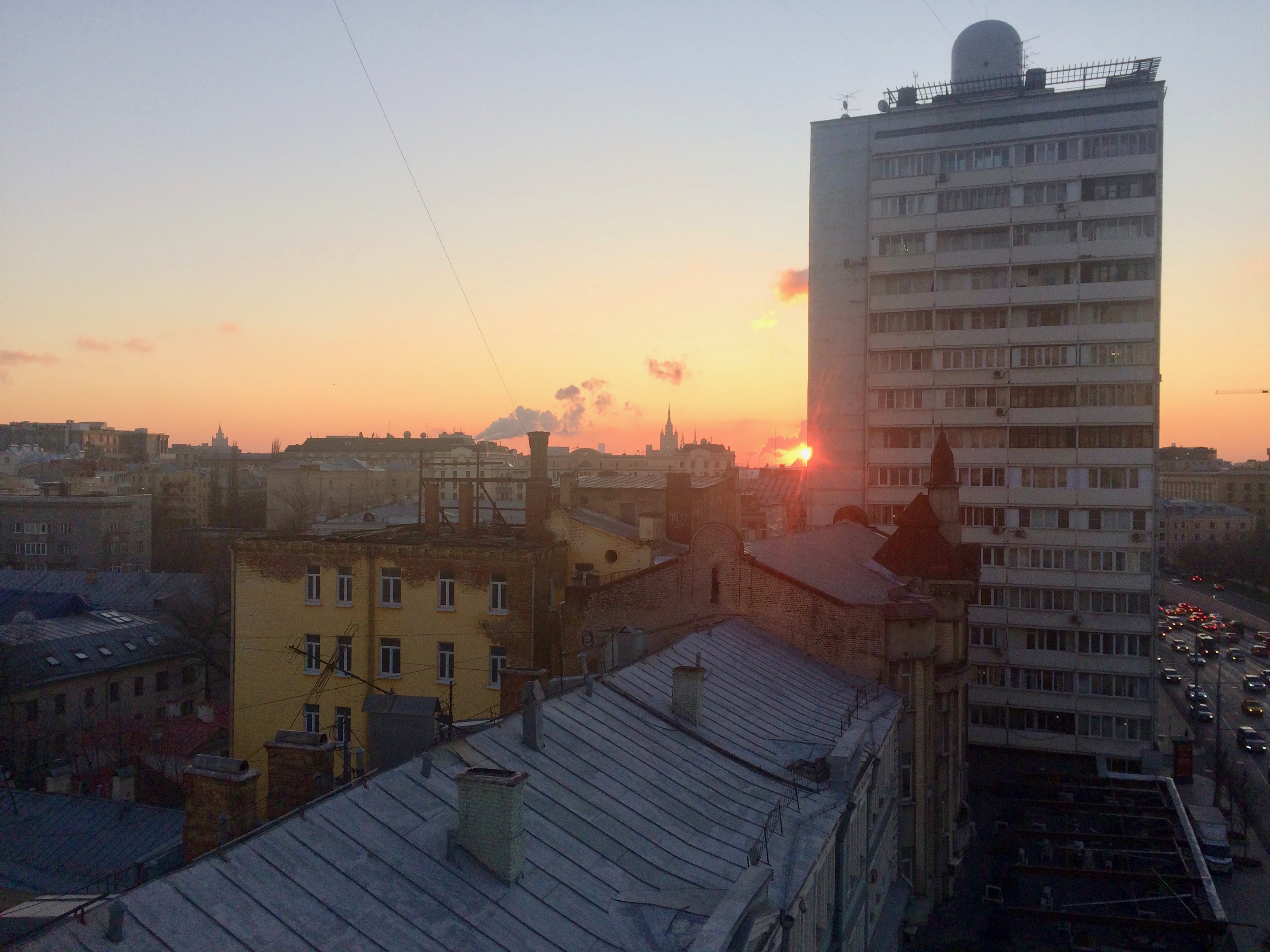Event

Join here
Speaker: Mariana Irby, PhD Candidate in Anthropology, Interest in Anthropology of the state, citizenship, urban studies, migration & borders, former USSR
Discussant: Kevin Platt received his B.A. from Amherst College (1989) and his Ph.D. from Stanford University (1994) and taught at Pomona College before joining the University of Pennsylvania faculty in 2002
Abstract: The Russian Federation hosts the fourth-largest population of foreign-born migrants in the world, mobilities that have significantly changed the ethno-racial makeup of 21st-century Russian cities. However, unlike the residential patterns of migrants typical of North American and Western European cities, it is the absence of segregation or “ethnic” neighborhoods that characterizes Russia’s cities (Demintseva 2017). This research asks: How does a lack of spatialized segregation affect how social difference is navigated and contested? Do the enduring remains of Soviet city planning and housing initiatives serve to mitigate differential treatment of migrants on the part of the contemporary Russian state and local citizens? Or rather, do these high levels of cohabitation exacerbate tensions and fuel ethno-nationalist attunements? The slippery Russian-language term migrant flattens both complex hierarchies of race, religion, and citizenship status, as well as the various life trajectories that attract large numbers of people from ex-Soviet republics to Russia. In accordance with my linguistic competencies and contacts built through periods of preliminary research, this research foregrounds migrants from the Republic of Tajikistan, one of the largest sources of migration to Russia and one of the world’s most remittance-dependent nations. As a particularly marginalized ethnic group, Tajik centrality in this research allows me to ethnographically probe how nearly 75 years of socialist city planning shaped Moscow and Saint Petersburg as spaces for those visibly non-Russian whose lives are most impacted by the constraints of racism and economic precarity in the country. Ethnographers have tended to focus on segregation as a primary analytic or taken-for-granted starting point in order to understand processes of marginalization within metropolitan areas (Caldeira 2002; Low 2003) and post-imperial patterns of migration (Londoño 2020; Silverstein 2004; Wacquant 2007.) Conversely, urban studies on former socialist Eurasia have mostly centered on the more racially homogenous societies of Central and Eastern Europe and have not addressed how post-socialist urban forms shape processes of migration and formulations of citizenship along racialized lines. I examine how racial hierarchies of belonging in Russia—of which the presence of migrants forms a crucial component—function amidst the enduring built remains of a regime intent upon creating a socially and ideologically unified citizenry. This dissertation chapter draws from 12 months of ethnographic research in Moscow and Saint Petersburg, 6 months of ethnographic research among return migrants in Tajikistan, and digital ethnography conducted on Russian housing websites and residential listings. I argue that within the post-Soviet Russian city, it is precisely the lack of racial segregation that have led to the proliferation of housing discrimination, such as the stipulation that properties be leased to "Slavs Only" (tol'ko slavianie) or only to Russian citizens. Thus, I seek to contribute to how ethnographers of urban areas can theorize racialized registers of citizenship in a context devoid of segregation. Ultimately, I aim to examine more closely how some of the most explicitly and successfully articulated Soviet projects—built environments—possess the ability to shape repertoires of citizenship within the racialized hierarchies of belonging in the Russian post-imperial landscape.
